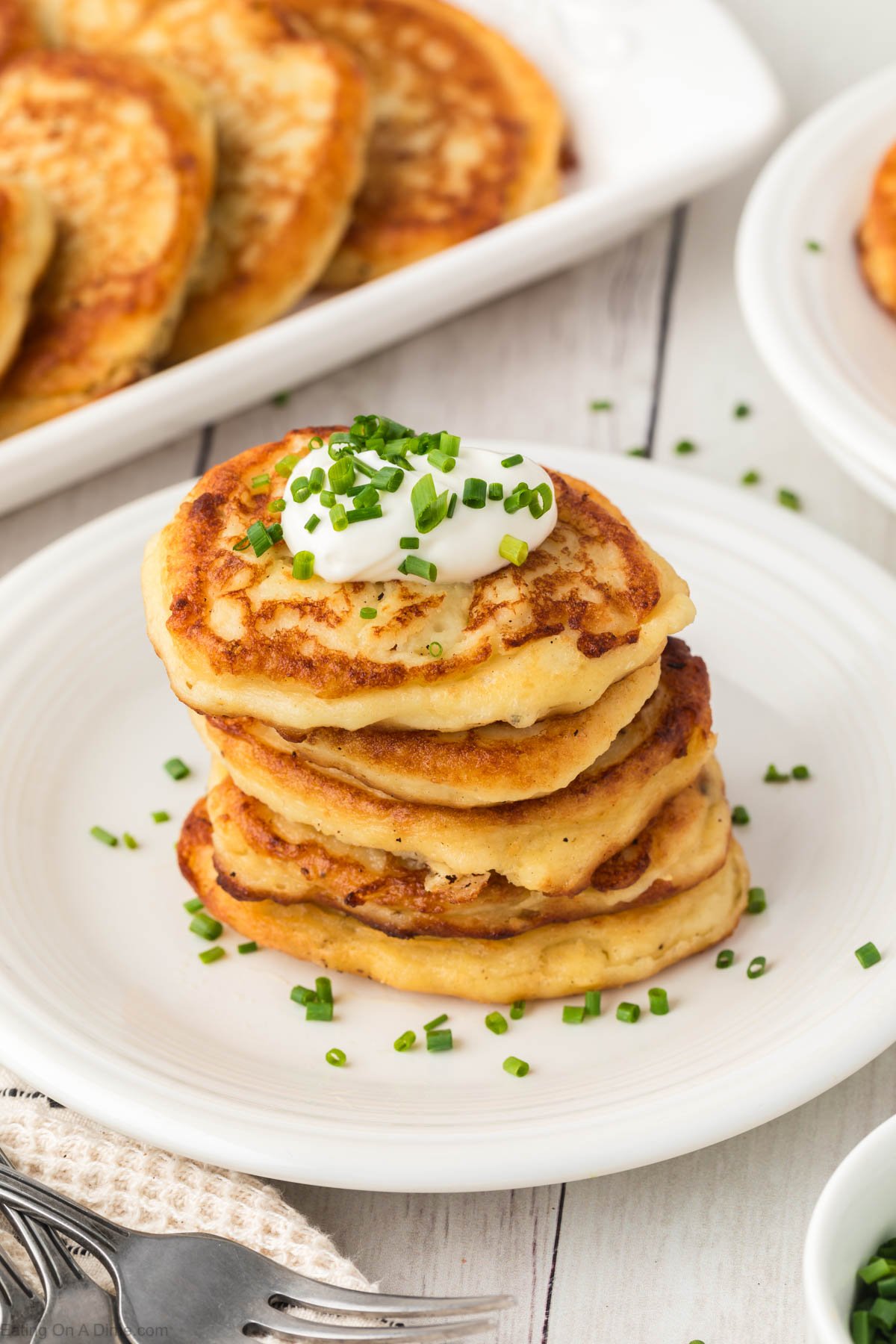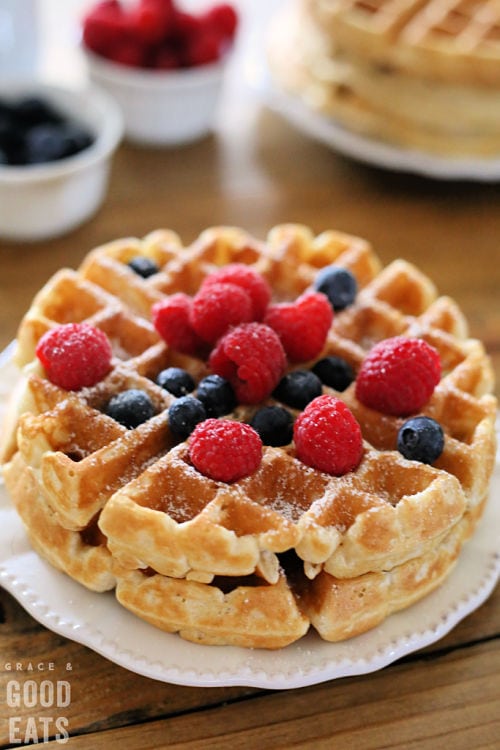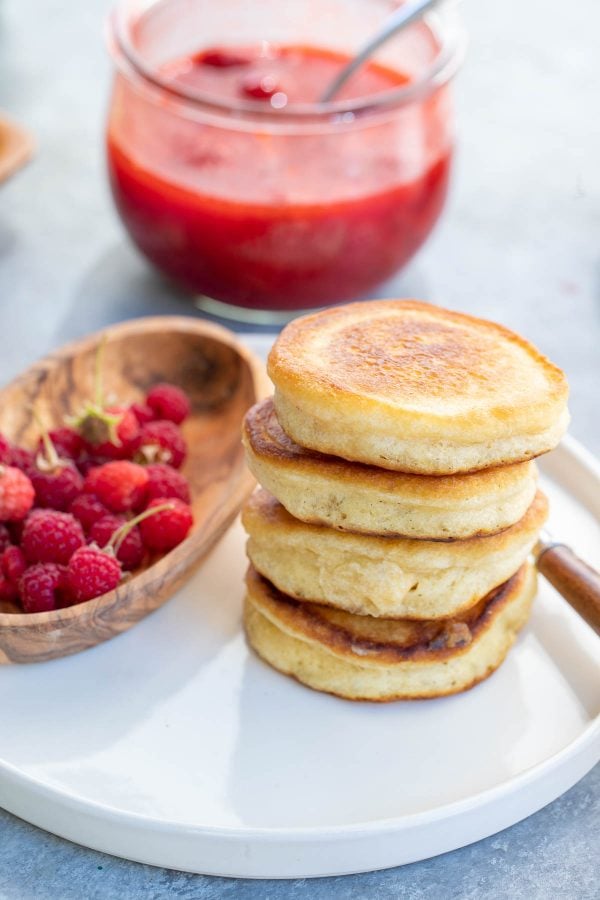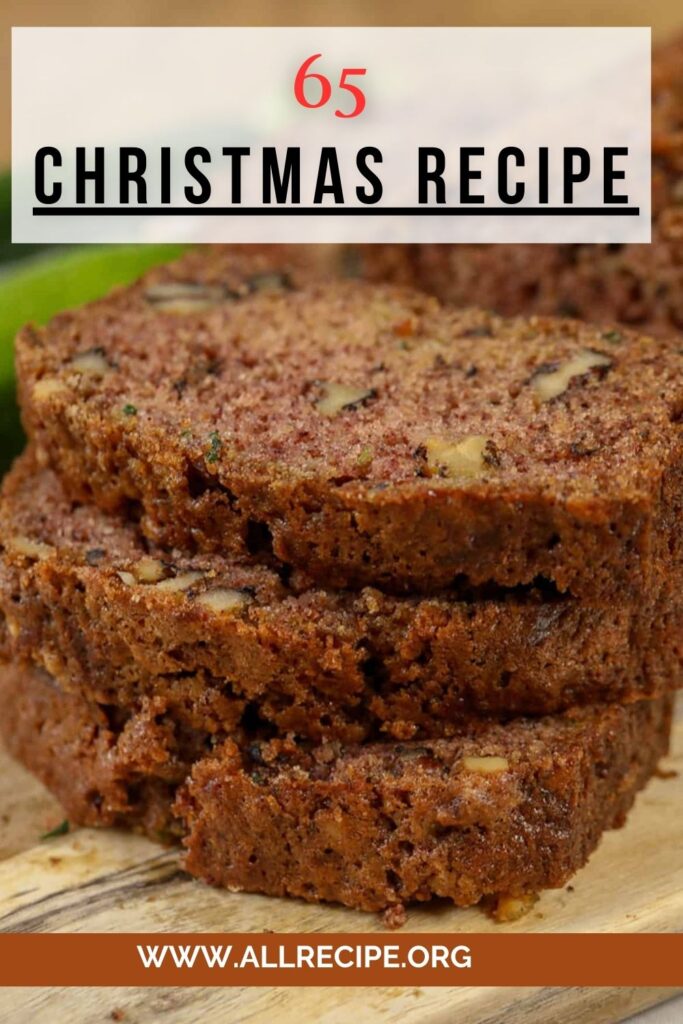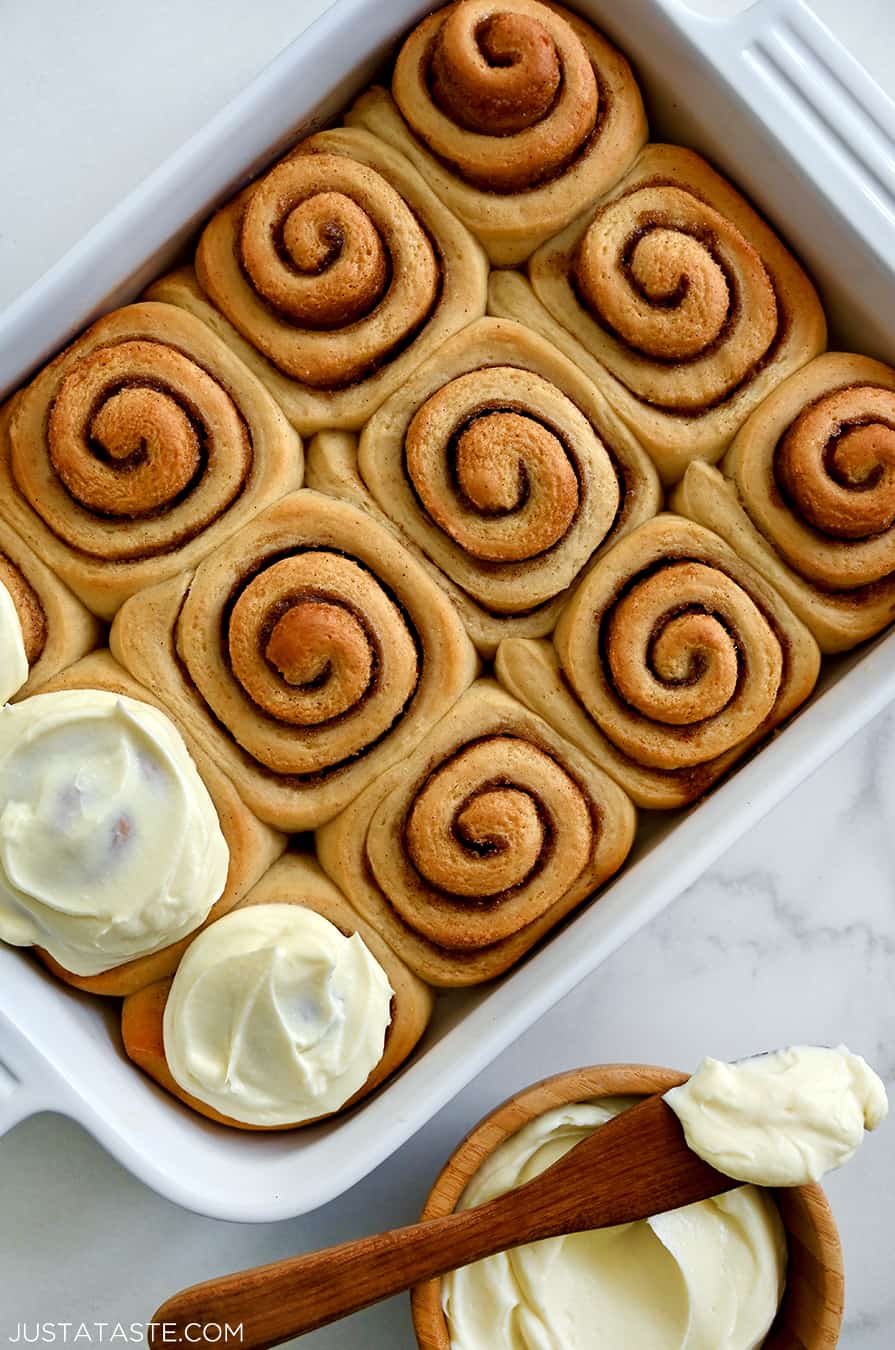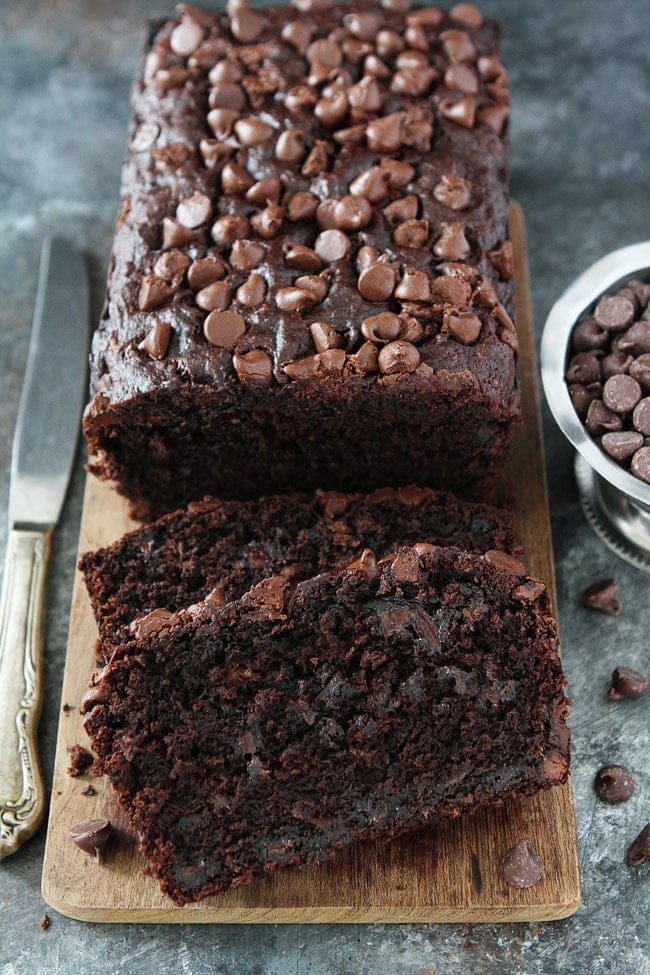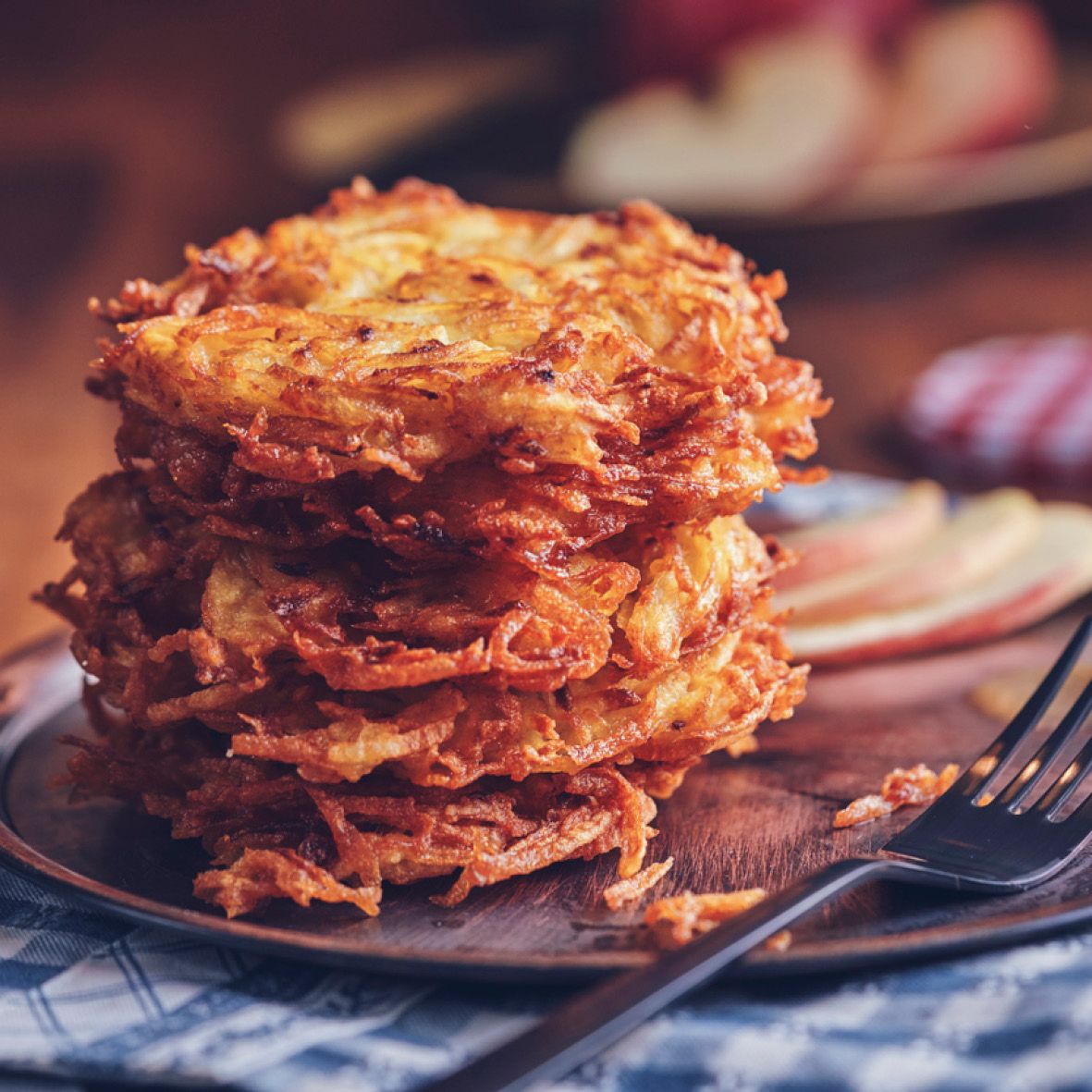Chocolate Babka Recipe
Chocolate Babka: A Heavenly Delight Steeped in History
Prepare yourself for a culinary journey that will tantalize your taste buds and transport you to the vibrant streets of Eastern Europe. The Chocolate Babka, an iconic pastry adorned with endless layers of chocolatey goodness, is a testament to centuries-old baking traditions.
Origin and History of the Chocolate Babka
The babka, dating back to the 19th century, originated in Jewish communities throughout Eastern Europe. Its roots lie in Jewish tradition, where it would grace special occasions such as the Jewish Sabbath and holidays. The name “babka” derives from the Polish word for “grandmother,” paying homage to the cherished role grandmothers played in passing down beloved family recipes.
Over time, the babka found its way to other parts of the world, including the United States, where it gained immense popularity. Today, chocolate babka is a celebrated delicacy enjoyed by people of all cultures.
My Personal Touch
Growing up in a family with Eastern European roots, the chocolate babka holds a special place in my heart. It was a staple at family gatherings, its rich aroma and decadent flavor filling our home with warmth and comfort. I’ve had the privilege of learning the art of babka-making from my grandmother, and I’m excited to share my favorite chocolate babka recipe with you.
What to Expect in This Recipe Article
- Detailed step-by-step instructions for creating the perfect chocolate babka
- Tips and tricks to enhance your baking experience
- Insights into the chocolate babka’s origin and cultural significance
- Nutritional information and health benefits
- Frequently asked questions and answers
Ingredients List
- 3 1/2 cups (420g) all-purpose flour, plus more for dusting
- 1 tablespoon (15g) active dry yeast
- 1 teaspoon (5g) granulated sugar
- 1 1/2 cups (360ml) lukewarm milk
- 1/2 cup (100g) unsalted butter, melted
- 1 large egg
- 1 egg yolk
- 1/4 cup (50g) granulated sugar
- 1 teaspoon (5g) salt
- 1/2 cup (120g) semisweet chocolate chips
- 1/2 cup (120g) chopped walnuts (optional)
Preparation Steps
- Proof the Yeast: In a small bowl, combine the warm milk with the sugar and active dry yeast. Set aside in a warm place for 5-10 minutes, or until the yeast is foamy and active.
- Make the Dough: In a large mixing bowl, whisk together the flour and salt. In a separate bowl, whisk together the melted butter, egg, egg yolk, and the remaining granulated sugar. Pour the wet ingredients into the dry ingredients and mix until a soft, slightly sticky dough forms.
- First Rise: Transfer the dough to an oiled bowl and cover it with plastic wrap. Let it rise in a warm place for 1-2 hours, or until doubled in size.
- Spread the Chocolate: Once risen, punch down the dough and divide it into two equal pieces. Roll out each piece into a rectangle about 12×8 inches. Sprinkle the chocolate chips and walnuts (if using) evenly over the surface.
- Roll the Babka: Roll up each rectangle tightly, starting from the long side. Pinch the ends together and place on a baking sheet lined with parchment paper.
- Second Rise: Cover the babkas with plastic wrap and let them rise again in a warm place for 1-2 hours, or until doubled in size.
- Egg Wash and Braiding: Preheat oven to 375°F (190°C). Brush the babkas with the egg wash (1 egg whisked with 1 tablespoon of water). Using a sharp knife, make diagonal cuts along the top of the babkas, about 1 inch apart. Gently braid the babkas by alternating the strands through the cuts.
- Bake: Bake for 30-35 minutes, or until the babkas are golden brown. Let cool slightly before slicing and serving.
Cooking Time & Servings
Total cooking time: Approximately 5-6 hours
Servings: 2 large chocolate babkas
Nutritional Information
Per serving (1/8 of a babka)
Calories: 450
Fat: 20g
Carbohydrates: 55g
Protein: 10g
Health Conditions and People to Avoid This
While chocolate babka is a delicious treat for many people, certain health conditions may require moderation or avoidance.
- Diabetes: The bread is made out of added sugar and flour, which can elevate blood sugar levels greatly, so diabetics should eat in strict and healthy moderation.
- Celiac Disease: The bread is made out of wheat flour, which contains gluten. People with this condition can not eat this.
- Gestational Diabetes: The bread is a high-carb food, and high-carb foods (especially ones with added sugars) should be moderated and eaten rarely during pregnancy because they can raise blood sugar levels.
- High Blood Sugar Levels: The bread is made out of added sugars and flour, so moderation is vital for people with high blood sugar levels.
- Obesity: High-carb foods should be moderated and eaten less frequently by obese people because many of those types of foods tend to be high in calories.
- Prediabetes: This bread is a high-carb food that can raise blood sugar levels, so people with prediabetes should eat it less frequently.
- Tooth Decay: The bread contains significant added sugar content, so moderation is vital to protect and maintain good oral health.
Nutrition and Benefits to the Body
- Carbohydrates: The bread provides the body with energy, especially since it’s a baker’s bread and is made out of sugars and flour.
- Phosphorus: Phosphorus helps the body build strong bones and teeth.
- Protein: Protein is necessary for growth and repair of tissues, and it is also used to make enzymes and hormones.
- Iron: Iron is essential for red blood cell production.
- Fiber: Fiber helps to regulate digestion and can prevent things such as constipation, bloating, and diarrhea.
Disadvantages
- Acrylamide: Acrylamide is a potentially harmful chemical that can form in starchy foods when they are cooked at high temperatures.
- Trans fats: Industrial trans fats are unhealthy fats that can increase the risk of heart disease, obesity, and other health problems.
- Saturated fat: Saturated fat can raise cholesterol levels in the blood, which can increase the risk of heart disease.
- Sodium: Eating too much sodium can lead to high blood pressure, which can increase the risk of heart disease, stroke, and kidney disease.
Tips and Tricks
- For a richer flavor, use dark chocolate chips.
- If you don’t have walnuts, you can substitute pecans or almonds.
- If you want a sweeter babka, add more chocolate chips or a drizzle of chocolate glaze.
- For a vegan alternative, you can use plant-based milk and butter.
- To make ahead, let the babkas rise in the refrigerator overnight. In the morning, bake them as directed.
Equipment Needed
- Large mixing bowl
- Small bowl
- Measuring cups and spoons
- Electric mixer (optional)
- Rolling pin
- Baking sheet
- Parchment paper
- Sharp knife
Variations or Substitutions
- Cinnamon Swirl: Sprinkle cinnamon and sugar over the rolled-out dough before adding the chocolate chips.
- Raisin and Nut: Add dried raisins and chopped nuts to the chocolate filling.
- Gluten-Free: Use a gluten-free flour blend to make the dough.
Serving Suggestions
- Serve the babka as a breakfast pastry or a dessert.
- Pair with coffee, tea, or milk.
- Top with fresh berries, whipped cream, or ice cream.
Storage and Reheating Instructions
- Store the babka in an airtight container at room temperature for up to 3 days.
- To reheat, wrap the babka in aluminum foil and warm in a preheated oven at 350°F (175°C) for 10-15 minutes.
Conclusion
Prepare to indulge in the captivating flavors and irresistible texture of homemade chocolate babka. This timeless masterpiece is easy to make and will bring joy to your kitchen and heart. Share your creations on social media and don’t hesitate to reach out with any questions or comments. Happy baking!
Frequently Asked Questions (FAQs)
Q: Can I use instant yeast instead of active dry yeast?
A: Yes, you can. Use 1 teaspoon of instant yeast per 1 tablespoon of active dry yeast. However, instant yeast does not need to be proofed, so add it directly to the flour mixture.
Q: Why is my dough not rising?
A: The yeast may not be active. Make sure the yeast is fresh and that the milk is lukewarm. You can test the yeast by dissolving it in some warm water with a pinch of sugar and letting it stand for 5 minutes. If it foams, the yeast is active.
Q: How can I prevent the babka from burning?
A: Cover the babka with aluminum foil for the last 15-20 minutes of baking if it starts to brown too much.
**Q


